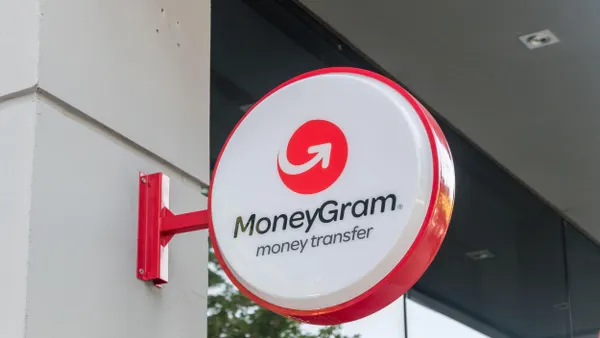Companies looking for flexible debt options should find plenty to choose from among private lenders, who performed well during the pandemic and are evolving their offerings to remain competitive in the fast-growing sector, credit specialists say.
“Private credit or direct lending is starting to become a solution for some folks who may want something different than what the syndicated market offers," KKR Partner Dan Pietrzak said in a Dechert LLP webcast on alternative asset finance.
Total private credit outstanding is approaching $1 trillion, a far cry from when the market came into its own after the 2007 financial crisis, driven by small and mid-sized companies looking for alternatives as they struggled to get bank financing.
The industry started out mainly providing leveraged cash-flow revolver loans, typically for companies with the strength of an equity sponsor behind them, but has since evolved to offer a range of products and structures, including for those without a sponsor. The range of offerings includes asset-based loans, syndicated loans, first and second liens, mezzanine financing, and unit tranches.
“A client doesn’t really care if you’ve structured it in asset-backed security format, a cash flow format, or any other format,” said Eric Lloyd, global head of private assets at Barings. “They’re just looking for the best solution for them from a capital perspective.”
Non-asset lending
Cash flow loans can be integral to middle-market companies that need capital to pay operating expenses and are light on assets to serve as collateral, either because they’re in a relatively early growth stage or their business model isn’t asset-heavy, typical among technology startups.
Although there are a lot of products and structures available as investors look for high-yield opportunities while interest rates remain low, it remains crucial for companies to keep their borrowing at a healthy level relative to what their revolver allows.
“Don’t fly too close to the sun,” Patrick Frisch, a managing director at ING Capital, said. “The real win is preserving the buffer to the borrowing base as best you can, in any way you can.”
One of ING’s revolver products includes a tiered structure in which, as leverage goes up in combination with a mark-to-market event — which might include the impact of the pandemic — the borrowing base tightens.
“We had a fair market value move that in some respects artificially inflated debt to equity ratios,” he said. “That kicked you into the next tier, which then shrunk the borrowing base and maybe also kicked out certain [terms] that were previously eligible. So, if you’re finding yourself operating right at the edge of one of these tiers, you have to keep in mind that the mark-to-market event can hit you at that point, and then what’s the next move? As long as you have that in mind, I’m not sure [a tiered product] is the wrong structure to be in. It worked out in all instances that we were involved in. Stay away from maxing out your borrowing base. At some point it comes around to bite you.”
Flexibility and certainty
Companies tend to like the private credit market because it’s more flexible and certain than what they can get from banks, if they can get bank credit at all. But the loans tend to come with higher pricing.
Private loans can also be seen as a good alternative to equity because the capital comes without dilution and loss of control.
Companies also like it because the lender often acts like a partner in the sense it offers its expertise and a willingness to renegotiate terms to accommodate market condition changes.
That was a key to the sector’s success during the pandemic; lenders worked with borrowers to make changes as companies struggled with the uncertainty and sudden changes in fortune.
“It was about getting to the other side,” Pietrzak said, referencing lender-borrower negotiations to get companies through the pandemic.
Insurer interest
Looking ahead, options could continue growing as insurance companies become increasingly comfortable with the sector.
Insurers have always been involved in private lending, providing capital as limited partners, but now they’re behaving more like lenders themselves.
“They have a different regulatory regime,” Frisch said. “If they can get a third-party agency to designate something as investment grade, they have the luxury of having more favorable capital treatment than banks on some of those things.”
A capital provider like ING faces different regulatory requirements than insurance companies that restrict its flexibility in some ways. But Frisch thinks the growing interest of insurers is a benefit to borrowers.
“It’s another opportunity for them to do something to modify the lending product in a different way to something that maybe banks can't do,” he said.
Bottom line, the growing private credit market is a boon to borrowers and its performance during the pandemic shows the industry has learned from past crises and knows how to work with companies to get them through tough times.
“For all the questions that have been around the growth of private credit, some of them are legitimate, but [the industry went through] a shock like this and came out generally unscathed,” said Pietrzak. “That shows it’s a sustainable, long-term project.”




















